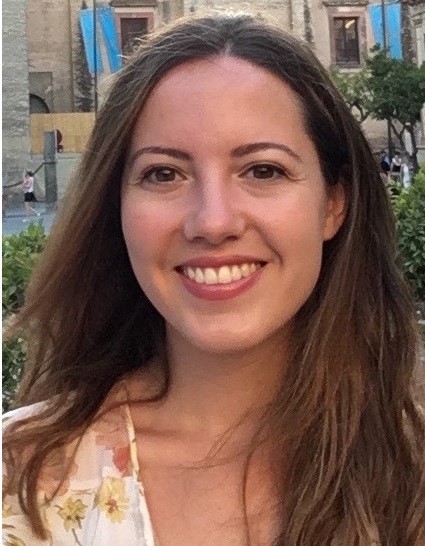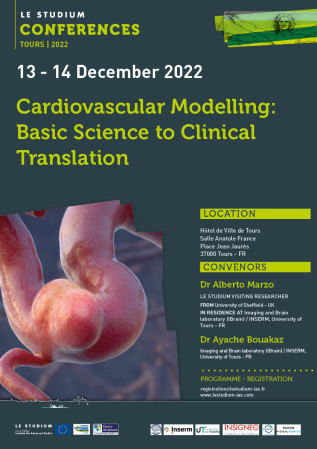
Imaging and Brain laboratory (iBrain) / INSERM, University of Tours
10 boulevard Tonnellé
37000 Tours - FR
Email: ayache.bouakaz@univ-tours.fr
Tel.: +33247366142
Ayache Bouakaz obtained his DEA degree (MSc) and his PhD in acoustics in 1992 and 1996 at the National Institute of Applied Sciences in Lyon, France (INSA Lyon). In 1998, he joined Pennsylvania State University at State College, PA, USA as a post-doc for 2 years. From December 1999 to November 2004, he held a position of associate professor at Erasmus Medical Center in Rotterdam, the Netherlands. His research focused on ultrasound imaging, ultrasound contrast agents and transducer design.
In 2004, he obtained a position as an Inserm researchere (CR1) and since 2009, he has held the position of research director in the Inserm Imaging and Brain unit, where he heads the ultrasound imaging and therapy group. His research focuses on imaging and therapeutic applications of ultrasound.
Ayache Bouakaz is a "chair professor" at the Jiaotong University of Xi'an in China since 2017. He is the general chair of the international conference IEEE International Ultrasonics Symposium (IEEE IUS) 2016 in Tours, France and co-general chair of the IEEE IUS 2021 edition and he was the vice-president of the IEEE UFFC society from 2017-2021.
He has published more than 135 articles in peer-reviewed journals, more than 100 articles published in conference proceedings and has filed 9 patents.















